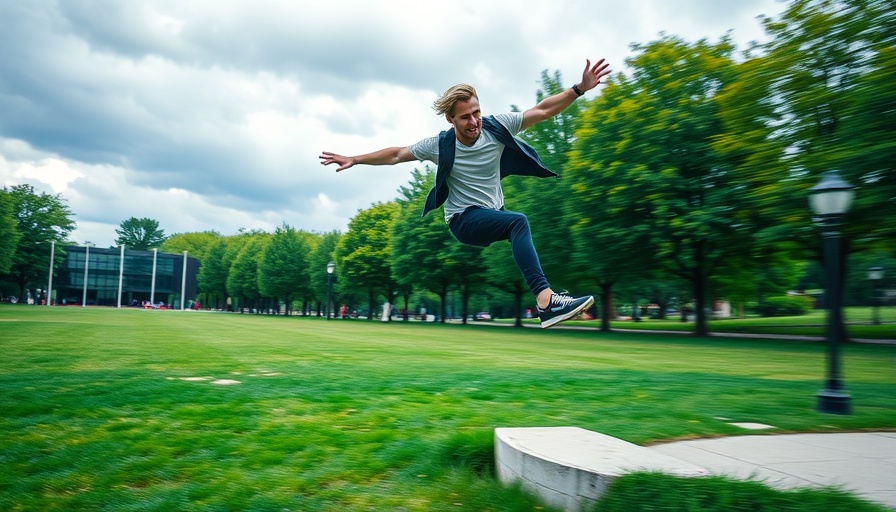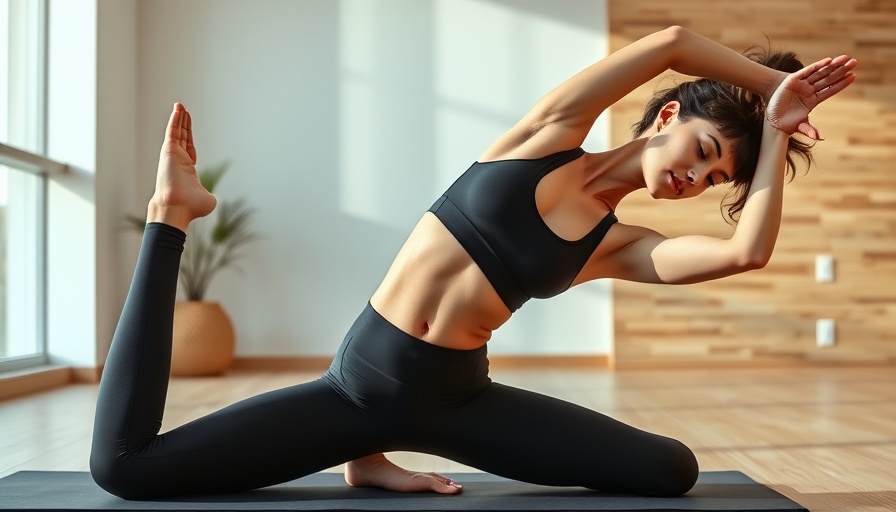
Understanding Movement Snacks: Why They Matter
The concept of "Movement Snacks" refers to small, incremental bouts of physical activity we can easily integrate into our daily routines. Rather than reserving exercise exclusively for dedicated gym sessions, these bite-sized activities help us unlock opportunities for movement in every aspect of our day. This approach has gained traction as more individuals recognize that daily movements contribute significantly to their overall health and vitality.
NEAT: A Hidden Key to Health and Longevity
Non-Exercise Activity Thermogenesis (NEAT) involves the calories we burn from daily activities that do not include formal exercise. Studies highlight that remaining active throughout the day—by standing, fidgeting, walking around, or even completing household tasks—can vastly improve our health outcomes. For many adults juggling busy schedules, being more mindful about these activities can lead to reduced risks of chronic illnesses while also enhancing overall well-being.
Creative Ways to Incorporate More Movement
Most people may think the only way to increase their physical activity is through sports or scheduled gym sessions. However, there’s an arsenal of fun and practical ways to sneak movement into your day. Here are ten examples:
- Stretch During Calls: Instead of sitting still during phone conversations, stand or walk while stretching your arms and legs.
- Dance Breaks: Set a timer for every hour to take a quick dance break, cranking up your favorite song.
- Create a Standing Desk: Elevate your workspace by setting your computer on boxes or using a wall-mounted desk.
- Playful Family Activities: Engage in family games like tag or hiking challenges during weekends.
- Choose Active Outings: Instead of a movie, select an activity-based outing like bowling or visiting a trampoline park.
These tantalizing suggestions exemplify that movement can be delightful and is perfectly woven into the fabric of our daily lives.
Benefits of Viewing Movement as a Fun Habit
When we transition our mindset about physical activity from a chore to a pleasure, it yields several benefits. This not only helps in improving mood but also reaffirms our sense of achievement with every small activity completed. Engaging in amusing movement-based tasks creates social connections and fosters relationships, thereby enriching our lives on multiple levels.
A Glimpse into Future Fitness Trends
As our culture increasingly embraces health and wellness, it’s essential to predict how these trends will evolve. The future of fitness likely includes more emphasis on wellness-integrated lifestyles: think wellness apps that promote NEAT, more workplaces designing active spaces, and social groups focusing on active social events. Just as people are beginning to appreciate the importance of mental health, expect a similar awakening regarding the power of movement.
Making the Most of Your Daily Choices
Each choice we make provides an opportunity to improve our health. Therefore, it's beneficial to evaluate how we can integrate creative movement into our daily routines. Instead of limiting thoughts about exercise to the gym, consider simple alternatives available throughout your day, transforming ordinary moments into active ones.
Call to Action: Take Charge of Your Movement!
Embrace the idea of Movement Snacks and start integrating small bursts of activity throughout your day. Whether it’s dancing while doing dishes, opting for the stairs, or simply stretching during your Zoom calls—every action counts! Start today and discover how these joyful movements can significantly enhance your energy, health, and overall happiness!
 Add Row
Add Row  Add
Add 




Write A Comment